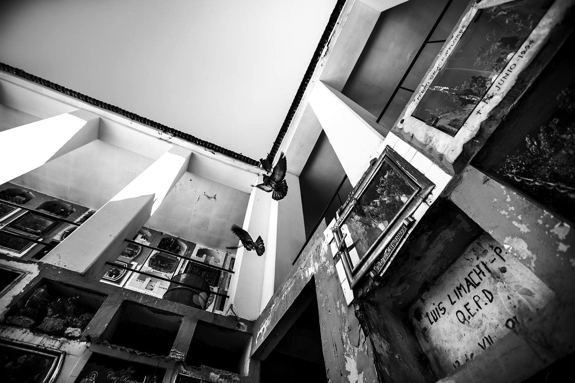
(above) "El Tio" and a miner. "El Tio" is a miner's god that presides over every tunnel entrance. Every day, miners offer him coca leaves, cigarettes and alcohol, hoping it will bring good fortune. (Simone Francescangeli)
What life is like for the teenage miners of Potosi, Bolivia
September 14, 2018 - Washington Post
By Kenneth Dickerman and Simone Francescangeli
(below) Any celebration is a good opportunity to drink and forget miners' living conditions, starting from a very young age. (Simone Francescangeli)
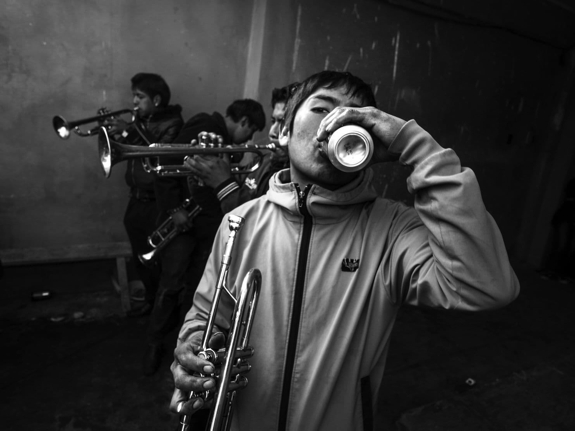
This post has been lightly edited for clarity.
At 4,090 meters above sea level, in Bolivia, in the center of the Andes, thousands of people make their living as miners. It is cold, rainy, snowy, dusty and filled with solitude. Humans share their lives with archaic figures such as "El Tio." This mining god presides over every tunnel entrance. The miners offer him coca leaves, cigarettes and alcohol, hoping it will lead to fortune. With gazes limited by deep shadows and labored breathing due to a lack of oxygen, the miners go down into the bowels of the mountain.
The Bolivian government recently passed Law No. 548 on "Ninos y ninas y adolescentes Trabajadores" to protect and regulate child labor. Approved in July 2014, the law aims to adapt the constraints of international conventions on child labor to the needs of subsistence due to the country's deep poverty. This law establishes the minimum age of workers at 12 years old and defines what activities are forbidden for adolescents. The mining of silver, copper, zinc, lead, asbestos and lithium is a great resource for Bolivia. It is not uncommon to meet young miners in the depths of the earth: men, children, boys like dust grains in the tunnels of Cerro Rico, Potosí, Bolivia.
The people who work these mines are called "Peones." Peones are required to have their own tools, including picks, breathing filters and helmets. If people don't have their own tools, there is no way they can work the mines because the mining companies don't provide them. All peones leave a place in their closets for their tools. Life is hard for peones and they live simply. Their meals are usually just small portions of chicken with some vegetables.
Being a miner also means preparing dynamite for digging. Sometimes father and son work side by side. Each charge is carefully prepared, each ignition must provide the time needed to evacuate the tunnel space demolished by the explosion. Premature male mortality is very high for the miners. The entire economy of Potosi, with its 250,000 inhabitants, is connected to the mines: markets, hardware, pharmacies, salt, tobacco, public transport drivers, merchants, equipment vendors, coca leaf vendors, mechanics and priests.
(below) Breaking rocks at 11 years old, hoping to have the opportunity to study and become an engineer. (Simone Francescangeli)

(below) A teenage miner with his precious motorcycle, which he spent all his savings to buy. (Simone Francescangeli)
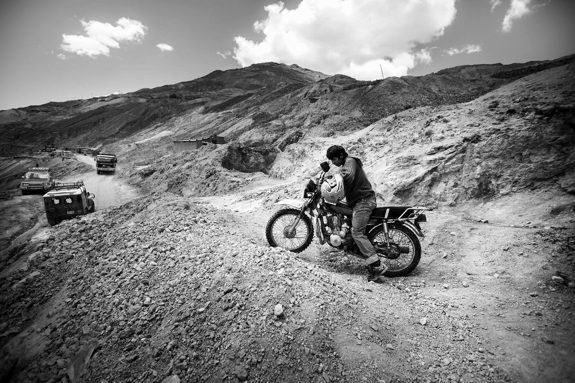
(below) A teenage miner helps his father with sticks of dynamite. (Simone Francescangeli)
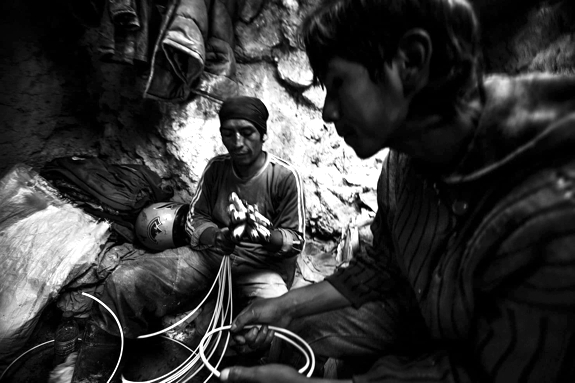
(below) Celebrating Christmas Day. Families of young miners in one of the central squares. One of the most sought-after gifts for children: cotton candy. (Simone Francescangeli)

(below) A teenage miner pulls a cart full of rocks. (Simone Francescangeli)
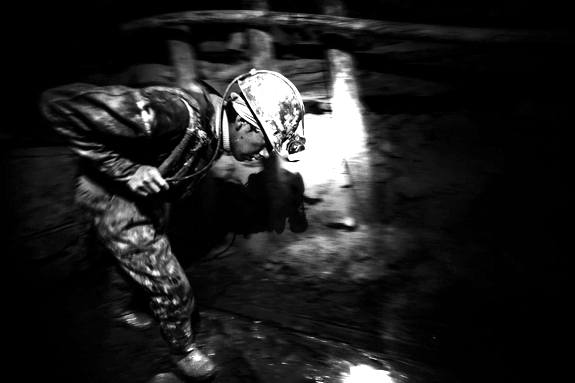
(below) A teenage couple in their home. She is 16 and expecting a baby. In the wardrobe are the precious working tools used in the mines. (Simone Francescangeli)
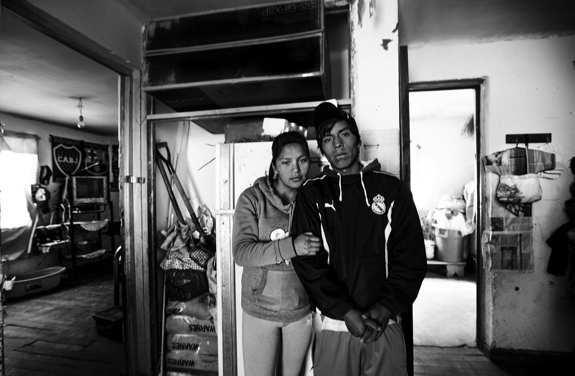
(below) Father and son in the mine during a rare break. (Simone Francescangeli)

(below) The central cemetery of the city. The average life expectancy of a miner is around 40 years. (Simone Francescangeli)
